Over many years of development, stony polyps can form huge reef structures. Coral reefs are formed when coral polyps secrete calcium carbonate. Most stony corals have very small polyps, averaging only 1 to 3 mm in diameter, but entire colonies can grow very large, weighing several tons. As they grow, these reefs provide structural habitats for hundreds of different vertebrate and invertebrate species.
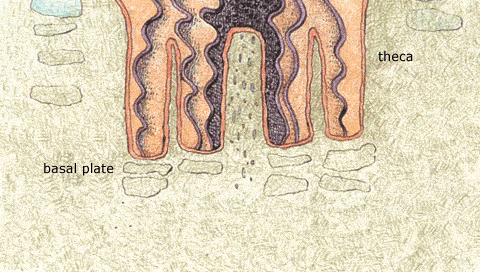
Stony corals grow as individual polyps lift up from the bottom of the cavity they inhabit and form a new foundation on top.
The skeleton of stony corals is secreted by the lower half of the polyp. This process produces a polyp base that resembles a cup. The wall surrounding the cup is called the "container", while the bottom surface is called the "substrate". Periodically, a polyp will lift from its base and secrete a new substrate on top of the old base, creating a small chamber in the skeleton. While the colony is alive, calcium carbonate is stored, increasing zoning and elevating corals.
When the polyps are physically stressed, they shrink into their cavities so that nothing is exposed on their skeleton. This protects it from predators. Normally, polyps stick out from the cavity. Most polyps reach farther when feeding.
Reef-building corals come in a variety of shapes. For example, branched corals have primary and secondary clades.
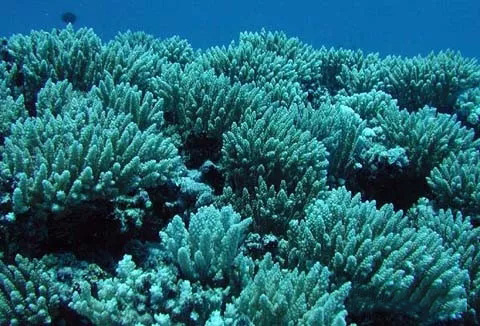
Branch corals are characterized by many branches, often with secondary branches. This huge branching coral colony belongs to the family Kochi and was observed on Fremen Shoals in France, one of the many reefs that make up the chain of Northwest Hawaiian Islands.
Finger corals look like fingers without any secondary branches.
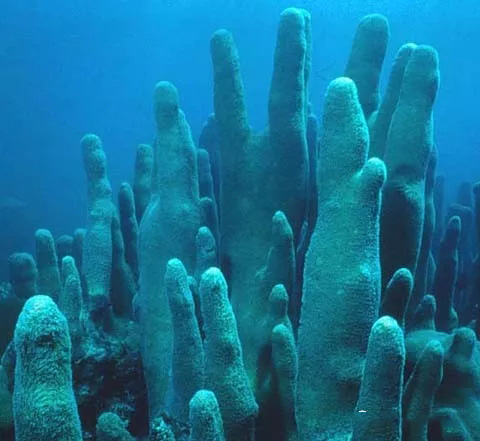
These pillar-like corals are a type of coral called finger corals, which grow on pillars. Finger corals are distinguished from branching corals because they do not have secondary branches.
Table corals form table-like structures that are often fused together.

Corals that form broad horizontal planes are often referred to as "table corals". This growth pattern increases the coral's exposed surface area to the water column. Polyps are given greater light to access their zooxanthellae, and their tentacles can more easily feed on zooplankton.
Acropora has large, flat branches
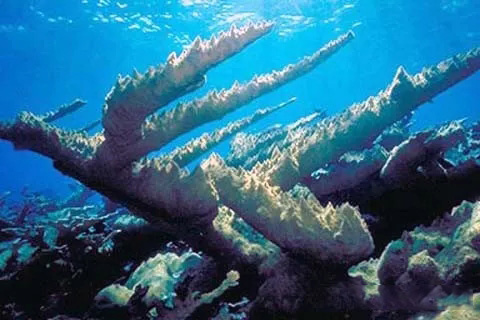
Acropora has a unique growth pattern with unusually thick and sturdy ant-like branches. Staghorn corals usually grow rapidly, with branches increasing by 10-10 cm per year. This coral usually lives in areas of high wave activity.
Phyllophosphaeroides has extensive disc-like sections in an ascending pattern that resembles a spiral
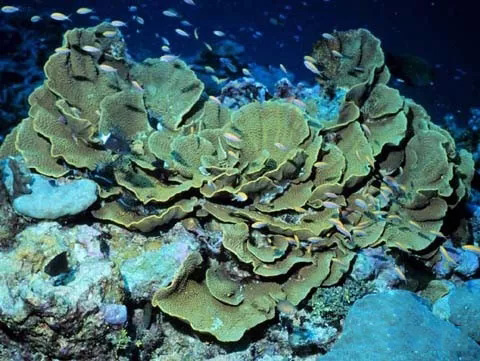
Corals with leaf-like or spiral-like growth patterns form beautiful structures compared to the open petals of the petals. The folds and turns of the coral greatly increase its surface area, while the spaces in between can provide shelter for fish and invertebrates.
Lumpy corals are spherical, or rock-like, may be small, like an egg, or as big as a house
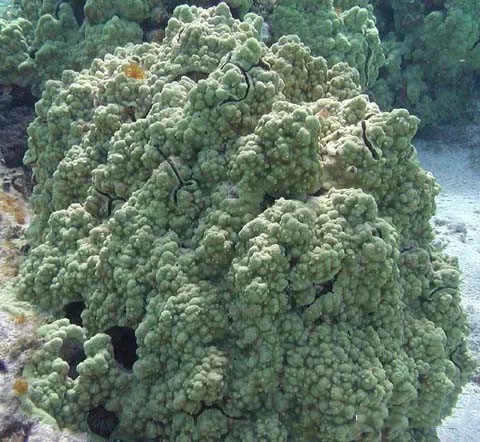
Giant corals are typically spherical or relatively slow-growing corals. Because of their very stable shape, they are rarely damaged by strong wave action.
Mushroom coral is like the attachment of mushrooms

Mushroom corals are usually flat or dome-shaped, round or oval, and shaped like the caps of mushrooms. Most mushroom-shaped corals are solitary creatures, not attached to any underlying substrate. They are found in Indo-Pacific waters.
---From "NOAA"